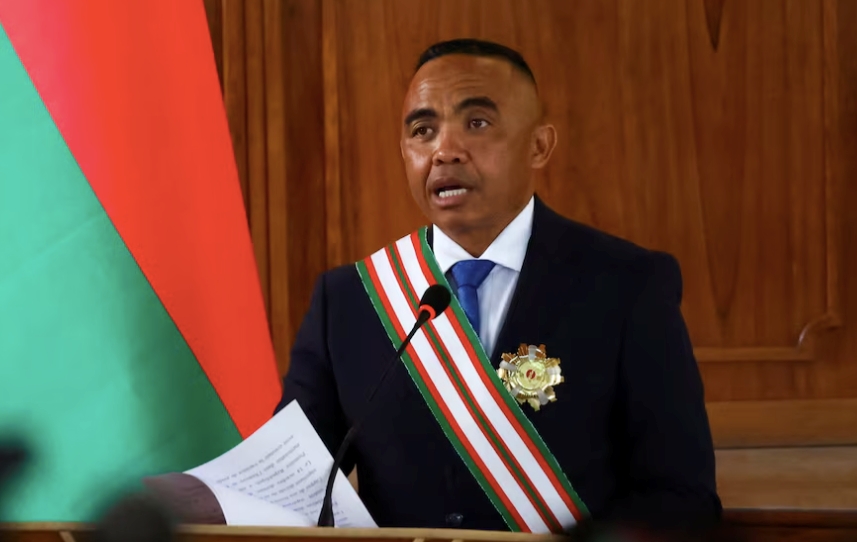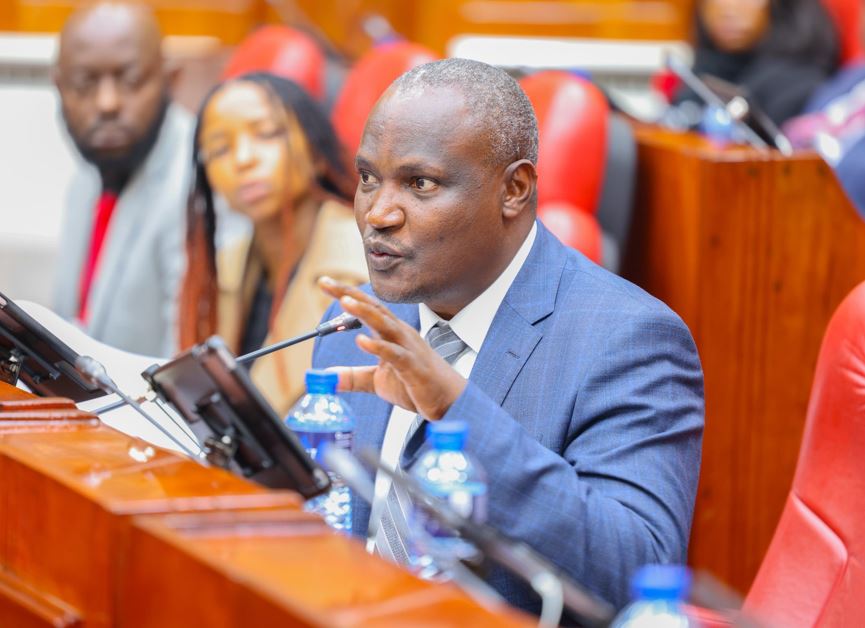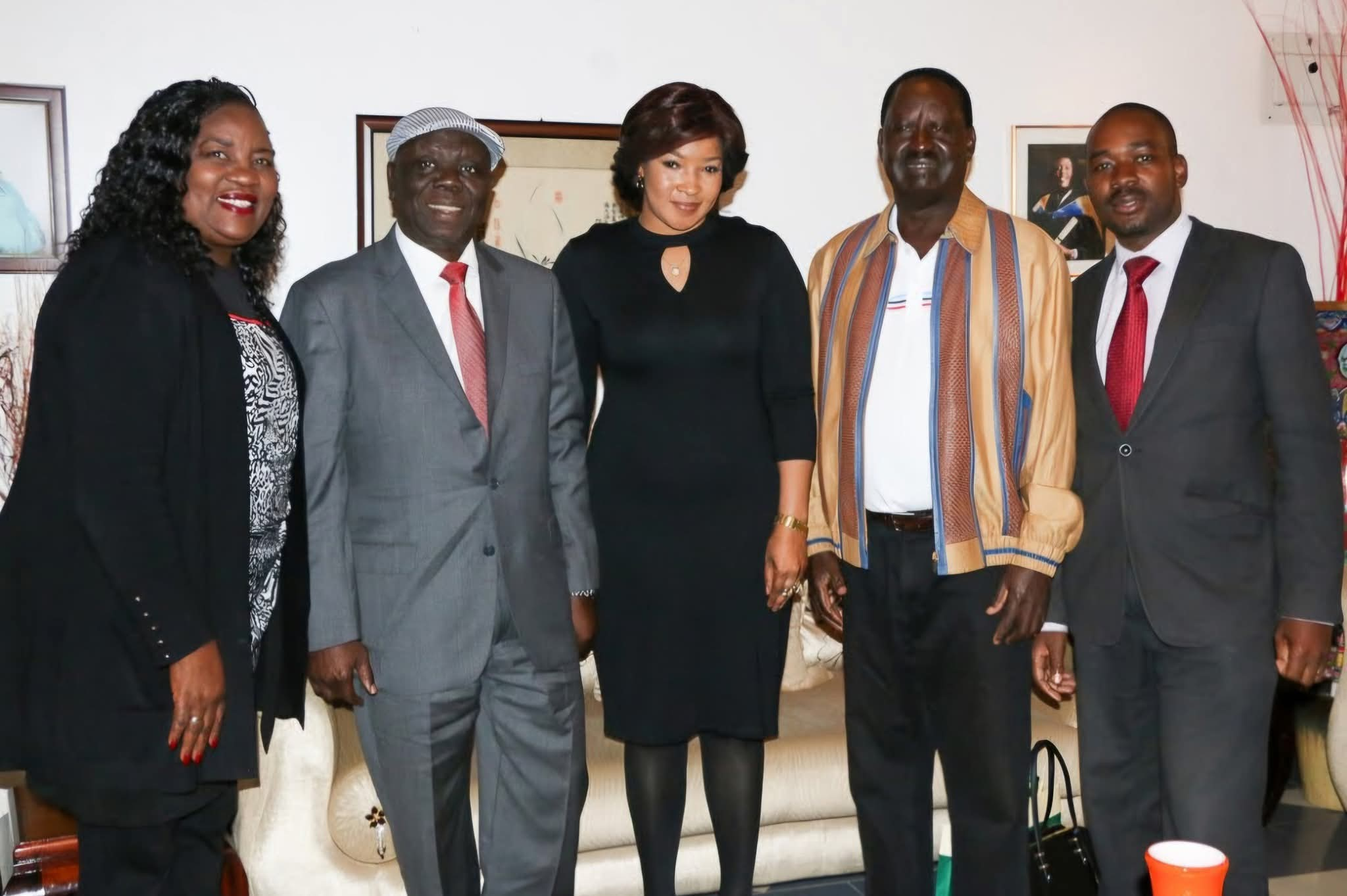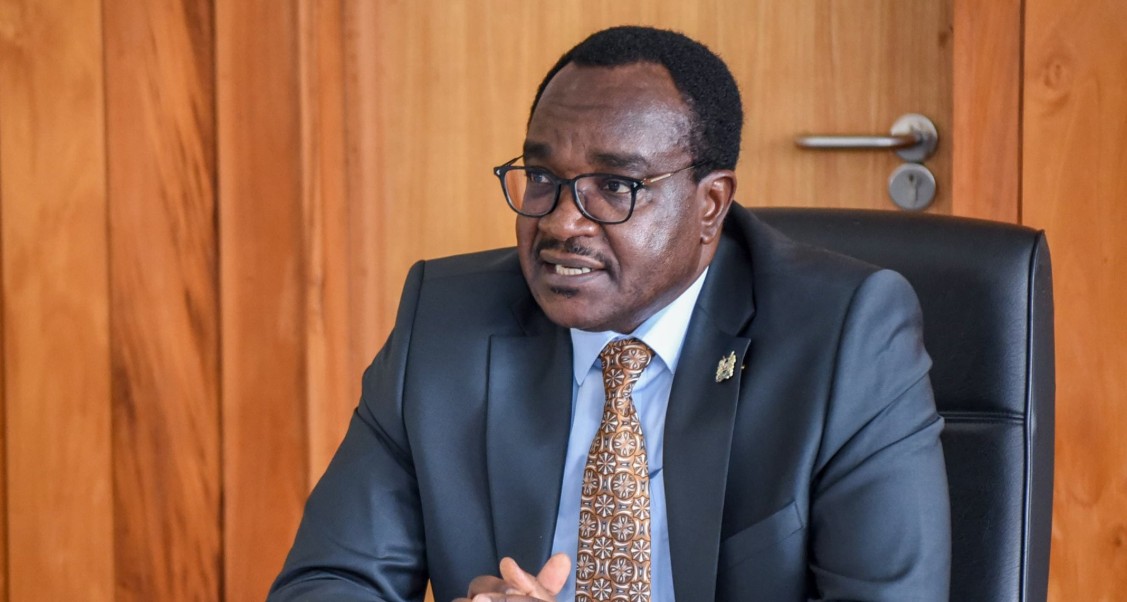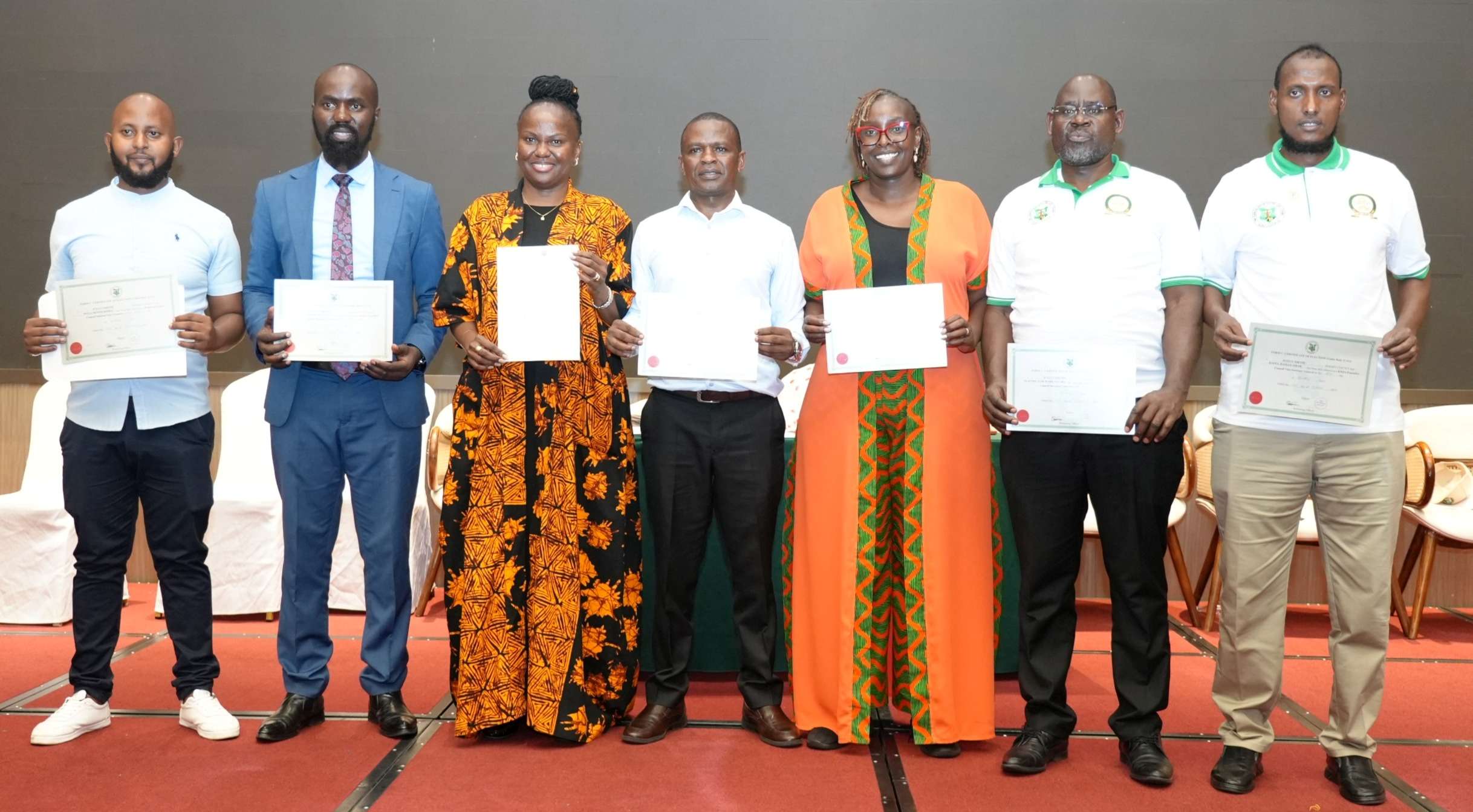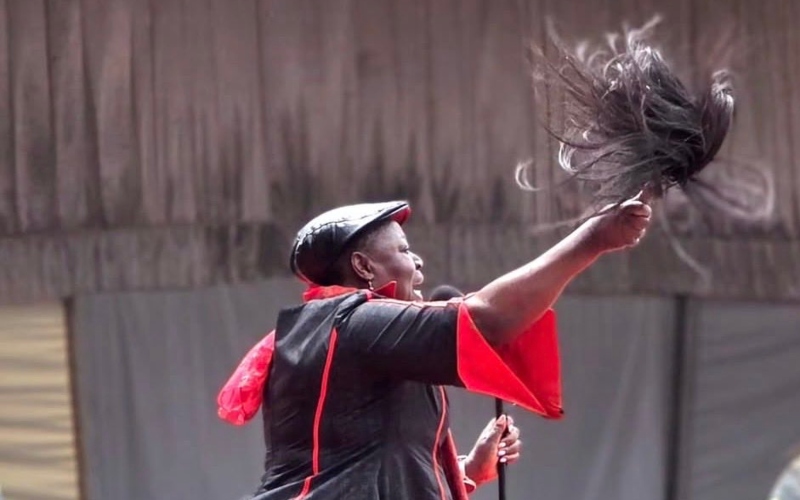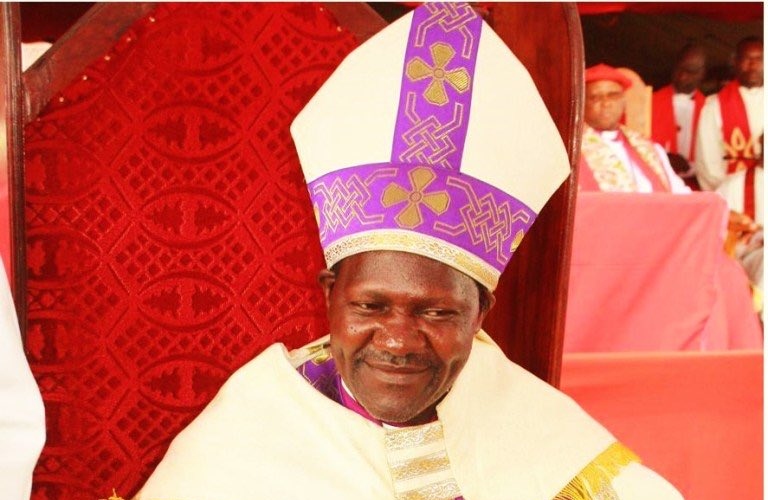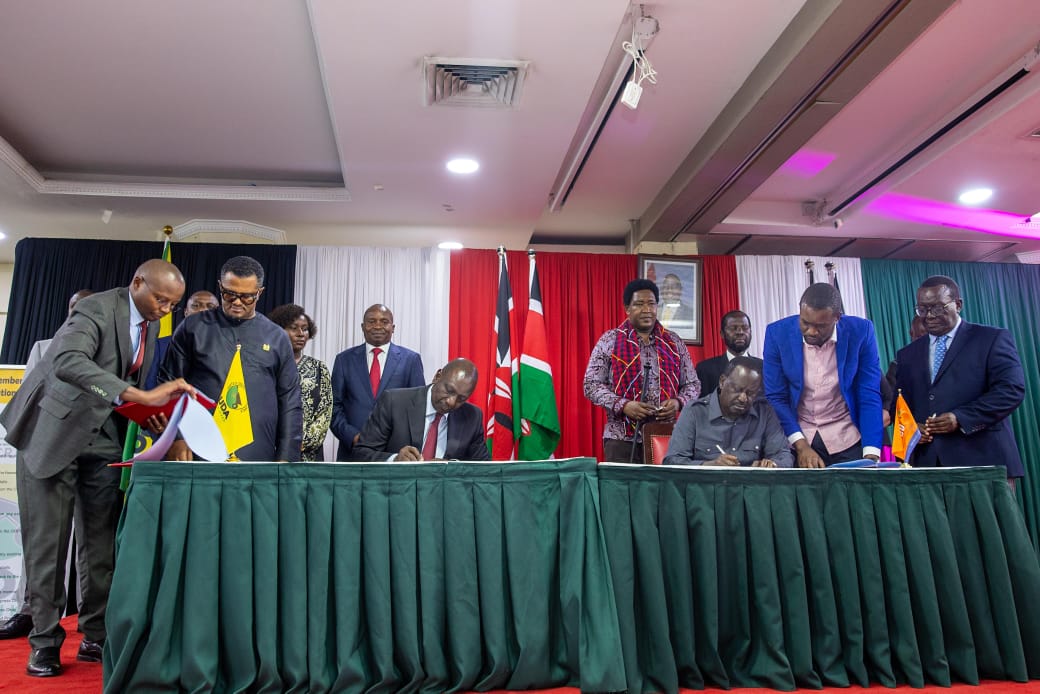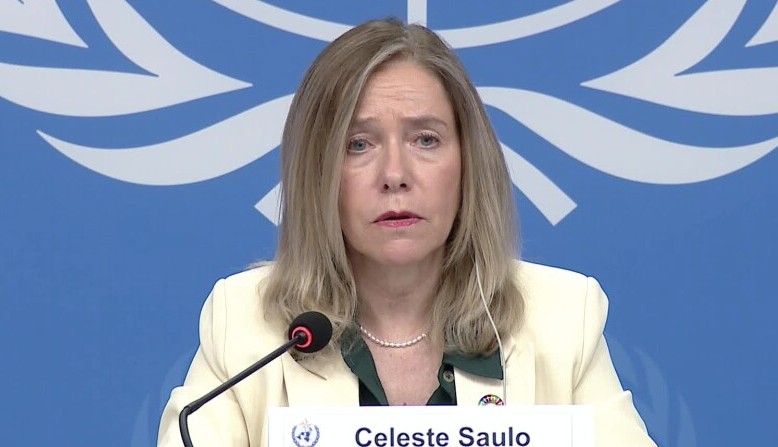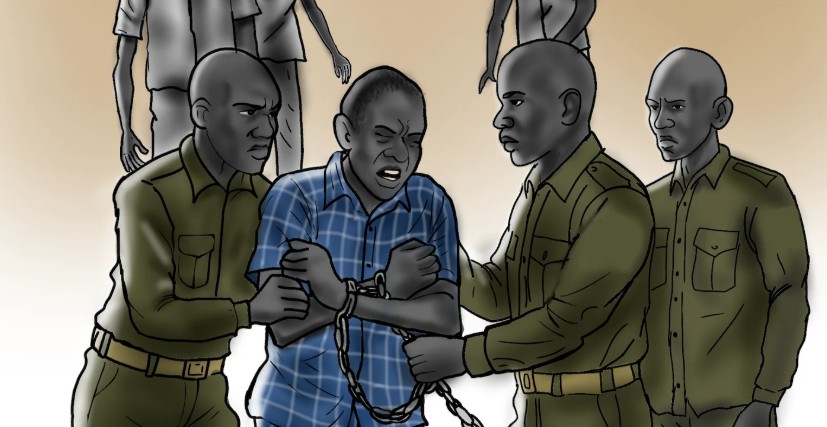Revised fees framework to address parent concerns ahead of 2026 senior school transition
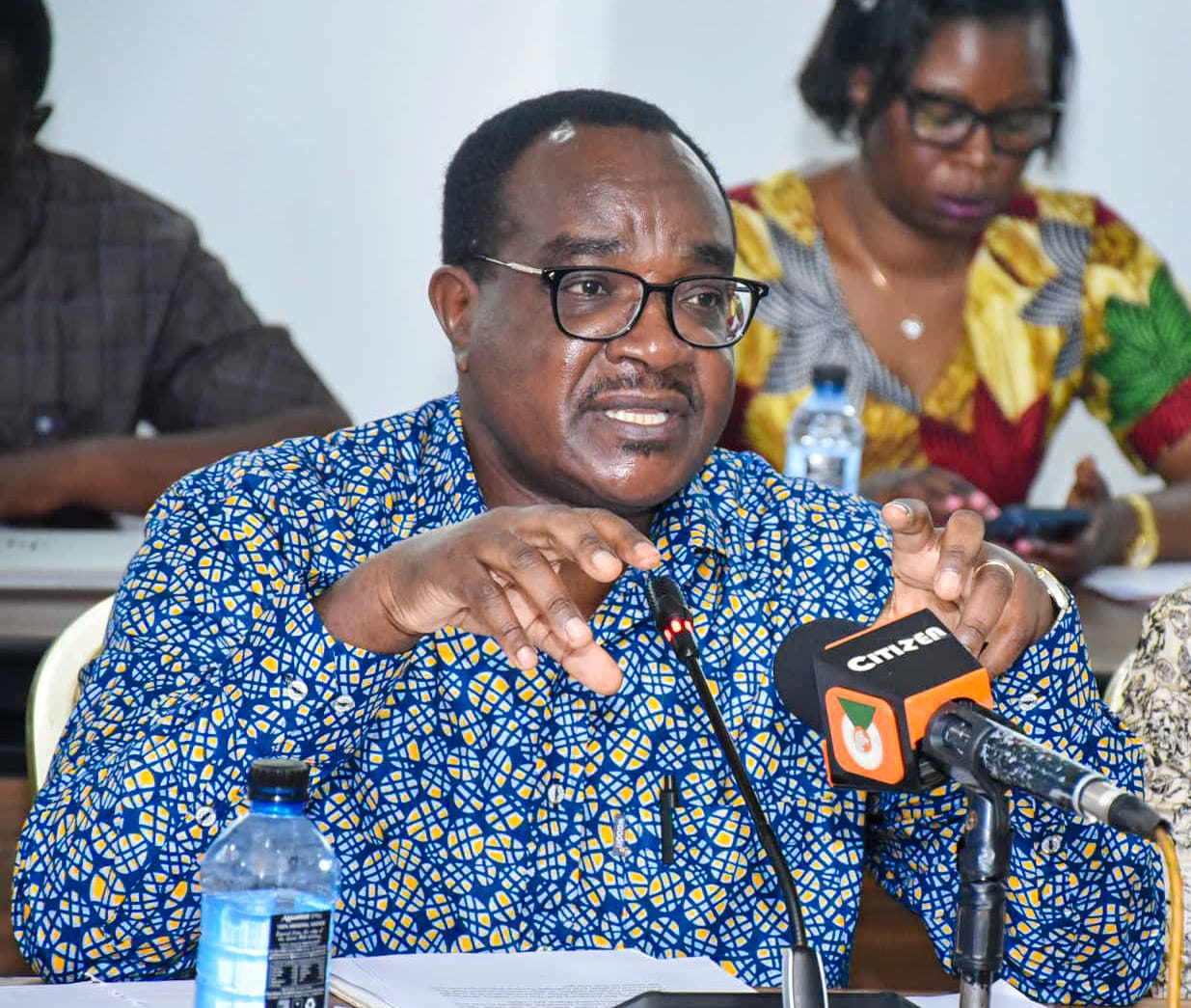
According to the Ministry of Education, the revised fees will vary based on the chosen learning pathways and school categories under the Competency-Based Curriculum (CBC).
The Ministry of Education (MoE) is developing a new school fees structure to ease financial worries among parents as Kenya prepares for the 2026 transition of Grade 9 learners to senior school.
According to the Ministry, the revised fees will vary based on the chosen learning pathways and school categories under the Competency-Based Curriculum (CBC).
More To Read
- Publishers warn of delays in Grade 10 textbooks rollout over Sh3 billion government debt
- KNEC directs schools to identify gifted Grade 9 students for senior school specialisation
- Over 5,000 teachers in Kenya to receive AI and technology training for new senior school curriculum
- Principals unveil revised senior school fees ahead of 2026 transition
- President Ruto vows to go after schools defying fee payment on eCitizen
- Grade 9 learners to begin selecting senior school pathways Monday
Director of Secondary Education, William Sugut, said a technical team made up of school principals and ministry officials is finalising the framework.
“There is a team that is working on the fee structure with the principals. We will be communicating on the new figures. But definitely, it is something that will be affordable for the purpose of ensuring that children can access education. It is going to touch on the pathway and the schools,” Sugut said.
The structure will consider the three approved pathways which include; Science, Technology, Engineering and Mathematics (STEM), Social Sciences and Arts and Sports, whose implementation costs vary by institution. The final figures will also align with the new school clustering system.
In January, about one million Grade 9 learners are expected to join senior school, which will comprise Grades 10, 11 and 12. Kenya’s 9,000 public secondary schools have been reorganised into four clusters; C1, C2, C3, and C4, replacing the former national, extra-county, county, and sub-county classifications. C1 schools will offer all three pathways, while the rest will provide fewer options depending on their capacity.
However, some parents have voiced concern over affordability and clarity on the new school categorisation. Questions have been raised over whether the transition to Grade 10 will increase costs, potentially contributing to higher dropout rates, or force some learners to repeat Grade 9.
Others have sought clarification on the new clustering system, noting that the replacement of the former national, extra-county, county, and sub-county categories has created uncertainty about how fees will be determined under the revised framework.
Concerns have also been raised over additional costs in primary schools, where learners are sometimes asked to provide items for practical lessons, despite government capitation meant to cover these resources.
In response, Sugut warned school heads against demanding such contributions, stressing that government funding already caters for Competency-Based Education (CBE) materials.
“Ideally, that is wrong. Unless the parent wants to appreciate the teacher for doing so well,” he said.
He explained that capitation provided to schools under CBE includes a vote head for materials required in classroom demonstrations.
“When we rolled out Junior School, we subsequently issued guidelines in terms of capitation on the vote heads that the government funds. There is a vote head in terms of CBE materials to help the teachers acquire some of these materials to be able to do demonstrations in class,” Sugut added.
Some parents, however, told him that their children face punishment if they fail to bring the requested materials and are also compelled to buy assessment books.
Kenya Primary Schools Headteachers Association (KEPSHA) National Treasurer, Kennedy Kyeva, highlighted another concern, the funding gap between primary and junior schools.
“For Junior School, the capitation is fair; the Presidential Working Party on Education Reforms passed the capitation at Sh15,000. But for primary school, there is a big gap because the capitation remains Sh1,400 annually,” Kyeva said.
He clarified that while some teachers in lower grades occasionally request demonstration items, such practices are rare in Junior Schools (Grades 7–9).
Meanwhile, the ministry is also addressing a placement dilemma after it emerged that nearly 1,000 of the 9,603 public secondary schools were not selected by any Grade 9 learners.
“There are a few schools with fewer than 1,000 that were not selected by learners. We will try as much as possible to place children in one of the 12 schools chosen by every learner. But if there is a difficulty, we shall navigate through that,” Sugut said.
He assured parents that the placement process will prioritise learners’ choices to ensure a smooth and fair transition.
Top Stories Today
